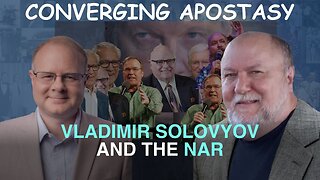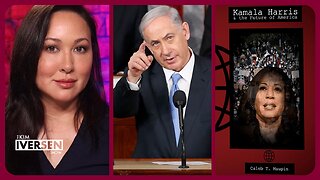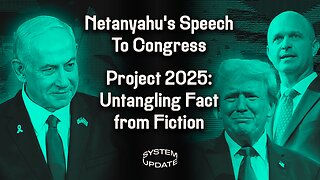Latter Rain: Redefining Prophets and Prophecy
The Latter Rain movement of the late 1940s and early 1950s redefined what it means to be considered a “prophet” or to have a “prophecy”. In Biblical terms, a “prophet” is a person used as a mouthpiece for God, in many cases speaking of current or past events with the purpose of correction, blessing, protection, and towards the end of the Old Testament, to describe curses of the Mosaic Law for failure to keep the Commandments of that Law.
Leaders in Latter Rain redefined this term to be “seers of the future”, which the ancients would have called “fortune tellers” and associated with sorcery — a crime punishable by death under the Mosaic Law. Latter Rain “prophets” defended this by equating their ministries to that of Christ, and referencing passages from the New Testament describing the Jews condemning Jesus by associating him with “fortune telling”. Unsuspecting converts did not realize the difference, and as a result, put these “prophets” in such positions of authority that many of them formed cults of personality.
Worse, the Latter Rain movement redefined the term “prophecy” in such a way that it resembled trying to shoot a target in the distance with scattered buckshot from a 12-gauge rifle. If most of the “prophecies” missed the mark, but one single ball happened to strike a target of some sort, their alleged “gift of prophecy” was “accurate”.
You can learn this and more on william-branham.org
-
 57:09
57:09
William Branham Historical Research
16 days agoConverging Apostasy: Vladimir Solovyov and the NAR - Episode 156 Branham Podcast
45 -
 2:10:31
2:10:31
Fresh and Fit
6 hours agoPop The Balloon Reaction Part 2
83K21 -
 1:31:16
1:31:16
Kim Iversen
9 hours agoAmazon REMOVES Books Critical Of Kamala Harris | Netanyahu Claims Israel Killed “Practically No” Civilians
93.9K154 -
 1:49:40
1:49:40
Glenn Greenwald
9 hours agoNetanyahu's Speech To Congress; Project 2025: Untangling Fact From Fiction with Heritage Foundation President Kevin Roberts; PLUS: Max Blumenthal on Israel | SYSTEM UPDATE #303
126K250 -
 1:07:52
1:07:52
Benny Johnson
9 hours ago🚨Joe Biden Speaks from Oval Office After DROPPING OUT | RESIGNING Live
121K289 -
 LIVE
LIVE
Right Side Broadcasting Network
4 days agoLIVE REPLAY: President Trump Holds a Rally in Charlotte, North Carolina - 7/24/24
6,531 watching -
 1:57:33
1:57:33
BetterBachelor
13 hours agoBiden addresses drop out from election race and plans for the country
86.7K92 -
 1:47:37
1:47:37
TimcastIRL
1 day agoBiden DROPS OUT, Endorses Kamala Harris As Democrat Nominee | Timcast IRL
169K285 -
 1:11:50
1:11:50
Redacted News
11 hours agoEMERGENCY ADDRESS OVER BIDEN COUP, BARRICADES NOW UP AROUND WHITE HOUSE | Redacted w Clayton Morris
237K599 -
 48:30
48:30
Candace Owens
19 hours agoSo…Is Joe Biden Dead? | Candace Ep 30
116K362